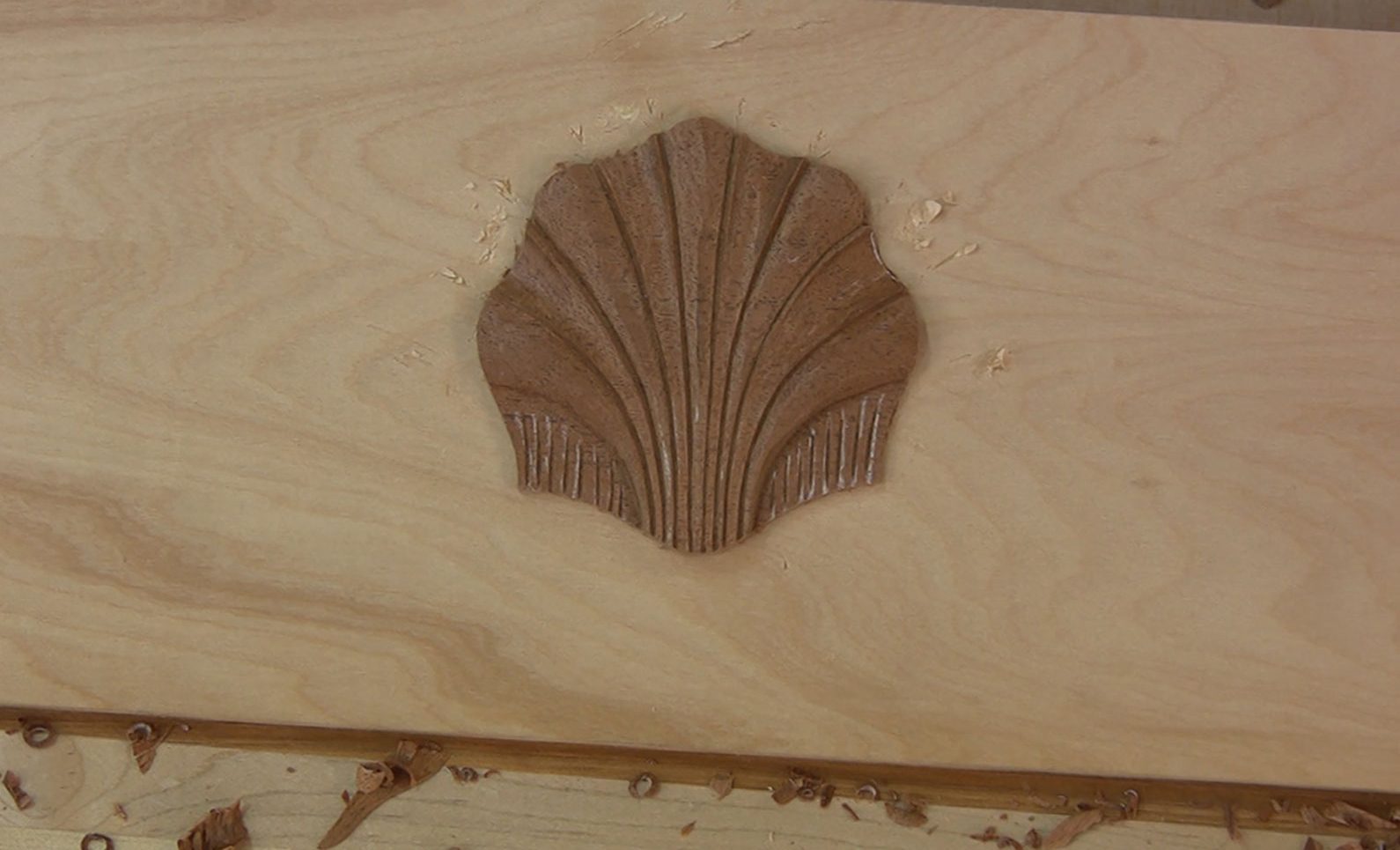
I warned them; I knew it would come to this. The five of us, connected in some strange way. If only we had taken care when logging lunar lumber. But now it’s too late. Charcoal filter masks. Safety glasses with tight gasket seals. Hell, I had even suggested custom fit hazmat suits with triple air[…]


















